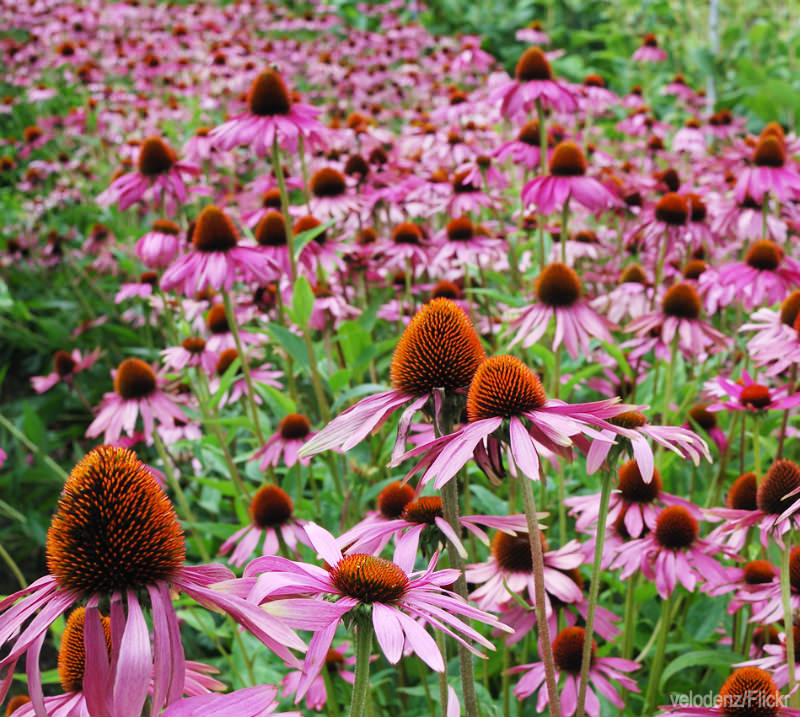

Have you heard about the controversy over the use of Echinacea for the immune system? It may seem confusing to hear so many conflicting opinions on a well-known plant.
Echinacea is known to stimulate the immune system response during colds, among other illnesses. However, the Mayo Clinic says that Echinacea has such little effect on a cold’s duration and severity that it’s hardly noticed. This position is fueled by studies, such as one out of the University of Virginia School of Medicine where Ronald Turner, MD, found that Echinacea had no effect on preventing, shortening or alleviating symptoms of the common cold.
Before you dismiss the healing benefits of this plant, take a closer look at what these studies are missing.
1. Proper Dosage
The problem with some of the studies that claim no benefit from Echinacea is that they often use an extremely low dose and give it only once per day. As you know, herbs don’t work that way. When you’re taking an herb for therapeutic reasons, it is important to take it three to four times a day for several days.
2. Attention to Species
Another shortfall of these studies is the species of Echinacea used. Both Echinacea purpurea and Echinacea angustifolia are native to various parts of the United States, but when Native Americans first taught us about using this plant, they only used Echinacea angustifolia. Because Echinacea purpurea was so abundant in Europe at the time of its introduction, we then began using it for medicine-making, as well. Many believe that E. purpurea is inferior to E. angustifolia and therefore less effective.
3. Proper Application
Yet another issue here is that the Native Americans used Echinacea explicitly for situations where there was putrification, such as the case of a sore throat with patches of pus—something like a strep throat. Echinacea is very useful for conditions that involve advanced infection or degeneration of tissues. It can be used if your body has been overtaxed with stress and illness, as the plant’s compounds marshal white blood cells to move efficiently toward a place of infection.It was not typically used to prevent illness or prime the immune system in a tonic manner.
Start Growing Echinacea
The premise then of testing Echinacea purpurea under expectations that it will prevent the flu, finding that it fails and then condemning the entire natural supplement industry as phony seems a bit unfair. We can use all parts of the plant to support our immune system against infection.
All species of Echinacea are easy to grow and beautiful to have in your garden. Most all of the varieties have purple petals surrounding a spiny, orange disc, though the size and delicacy of the flower petal will vary by species. You can help protect this perennial plant by adding it into your farm or garden borders.
Keep in mind, Echinacea is on United Plant Savers’ “At Risk” list. By using the plant parts growing above ground, you can help maintain the roots and allow them to spread. By planting Echinacea yourself or sourcing only from responsible sources, you can help ensure that this beauty is around to heal future generations.
Get more herb help for winter from HobbyFarms.com:




